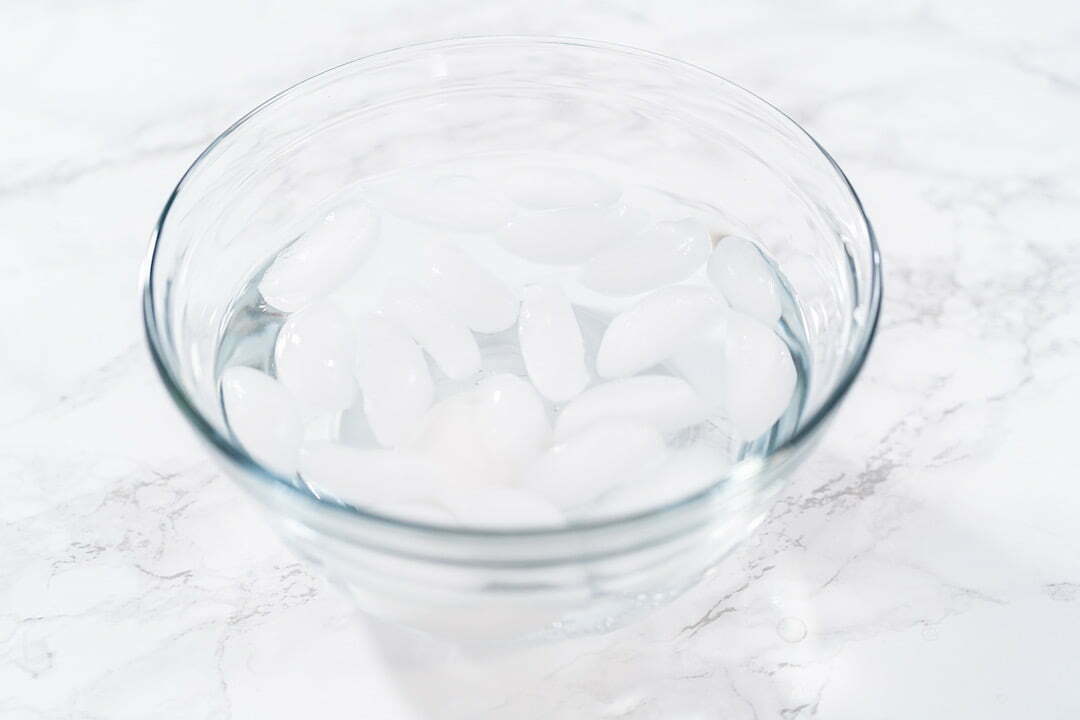In the realm of self-care and stress management, unconventional methods sometimes hold surprising efficacy. One such intriguing approach that has garnered attention is the ice water technique, believed to activate the mammalian diving reflex—a physiological response that might offer relief from stress, anxiety, and even the aftermath of a night of revelry. As purveyors of well-being, we delve into the science and practical application of this fascinating method, empowering you with knowledge that could potentially transform how you navigate moments of stress. See also, Decoding Health Insurance: Your Financial Safety.
Decoding the Mammalian Diving Reflex
The mammalian diving reflex, a phenomenon deeply rooted in our evolutionary history, is a series of physiological changes that occur in response to cold water submersion. This natural defense mechanism involves a trifecta of responses: bradycardia (slowing of the heart rate), vasoconstriction (narrowing of blood vessels), and apnea (temporary cessation of breathing). Primarily observed in aquatic mammals, this reflexive cascade directs blood flow towards vital organs—particularly the heart and brain—in a bid to optimize oxygen supply and conserve energy in emergency situations.
Ice Water and the Vagus Nerve Connection
So, how does a quick encounter with ice water trigger a relaxation response? Dr. Judy Ho, a distinguished clinical and forensic neuropsychologist, unravels the magic. Brief exposure to cold water—especially on the face and nose—activates the vagus nerve, a crucial component of the parasympathetic nervous system, often referred to as the body’s “rest and relaxation” mode. This nerve governs various bodily functions, including heart rate and breathing.
As the vagus nerve is stimulated by the cold water, it orchestrates a symphony of relaxation. Breathing slows, heart rate decreases, and a sense of calm pervades. This orchestrated response is the body’s way of communicating to the brain that urgency is unnecessary, paving the way for tranquility and stress relief.
The Ice Water Technique: A Step-by-Step Guide
Embracing the ice water technique is remarkably simple, and it demands no elaborate tools or intricate procedures. Here’s how to execute it:
- Gather Your Tools: Assemble a bowl, ice cubes, and water. Ensure the bowl is large enough to accommodate your entire face comfortably.
- Immerse Your Face: Fill the bowl with ice and water, creating a chilly concoction. Gently submerge your face for approximately 10 to 15 seconds.
- Repeat as Necessary: If needed, repeat the process. Listen to your body and discern how many iterations provide the optimal relaxation effect.
- Prioritize Your Well-being: While the technique can be remarkably effective, exercise caution. Avoid overextending the practice to the point of discomfort or breathlessness.
Alternative Pathways to Activation
For those who find immersing their face in icy water uncomfortable or infeasible, alternative pathways to triggering the diving reflex exist. Dr. Ho suggests employing a cold washcloth or applying a small bag of ice cubes to your face. Even splashing cold water on your face can yield beneficial results. The essence is to prompt the vagus nerve’s response through cold stimulation.
A Tool for the Overwhelmed: When to Employ the Technique
The ice water technique serves as an invaluable tool to combat stress, feelings of overwhelm, and even the onset of panic attacks. Dr. Ho recommends integrating this practice into your routine whenever stress feels unmanageable. Beyond moments of distress, it can also serve as a mini-ritual of self-care in the midst of a busy day.
A Note of Caution: Considerations and Precautions
While the ice water technique holds potential for many, it’s not universally suitable. Individuals with pre-existing heart conditions, low heart rates due to medication, breathlessness, water phobias, or significant health concerns should exercise caution or consult a healthcare professional before embarking on this method.
In Conclusion, Embrace the Possibility
The ice water technique stands as a testament to the intricacies of the human body’s response to stimuli. As you explore this method, remember that every individual’s experience can vary. It’s a journey of discovering what resonates with you and aligns with your well-being goals. While this technique isn’t a substitute for professional medical guidance, it offers a proactive approach to stress relief that you can seamlessly incorporate into your routine.







